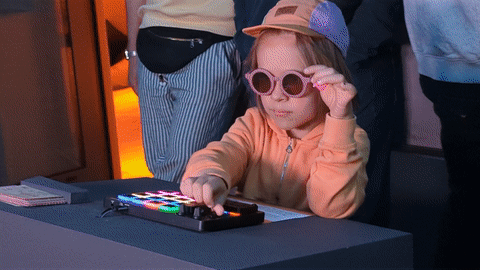
Mekanika is the world's first robotic puppet rock band, conceived as a 'family project'; a collaboration between Dr. David R. Valeiras and Cabeza Patata Studio.
Here we document the creation process, including the robotics, puppetry, and their overlap, as well as the World Premiere at Pictoplasma Festival in Berlin, 2023.
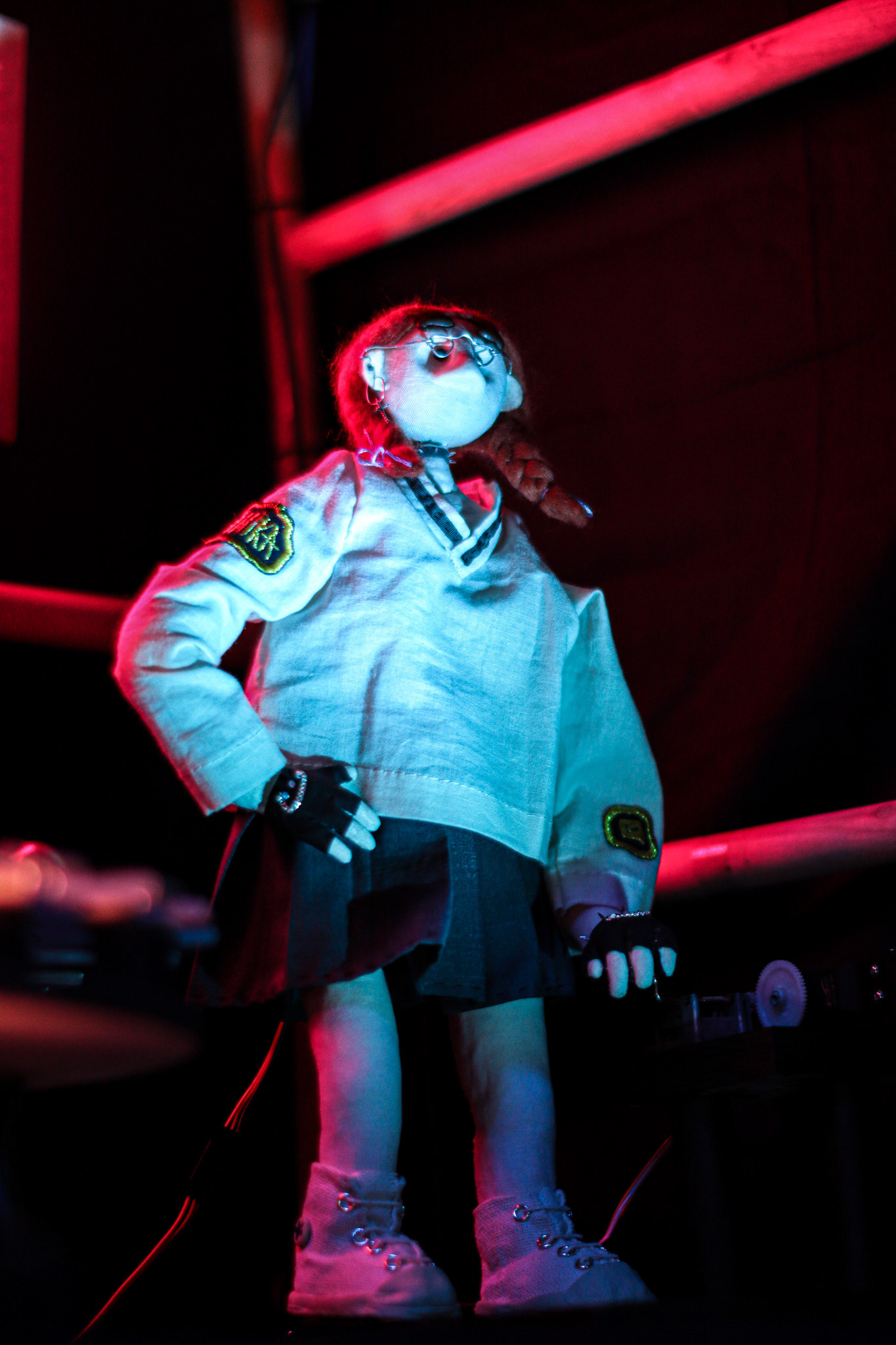



Mekanika is a three-piece band made up of a Drummer, Metallophone player, and an interchangeable Music Box. The musicians are controlled with servo motors and have different movements that allow them to play a range of songs automatically.




The concert experience is interactive so that, as well as watching the puppets play their instruments, the audience can control the music and light show themself.

A MIDI Keyboard stands in front of the stage so any audience member can control the tempo and intensity of the music and lights, as well as the different displays on LED panels. They can even become a digital puppet master, holding up different characters' arms to pause the play.



Everything is programmed with Arduinos, allowing the flexibility to adjust the programming and allow for different types of interactions and musical encounters.


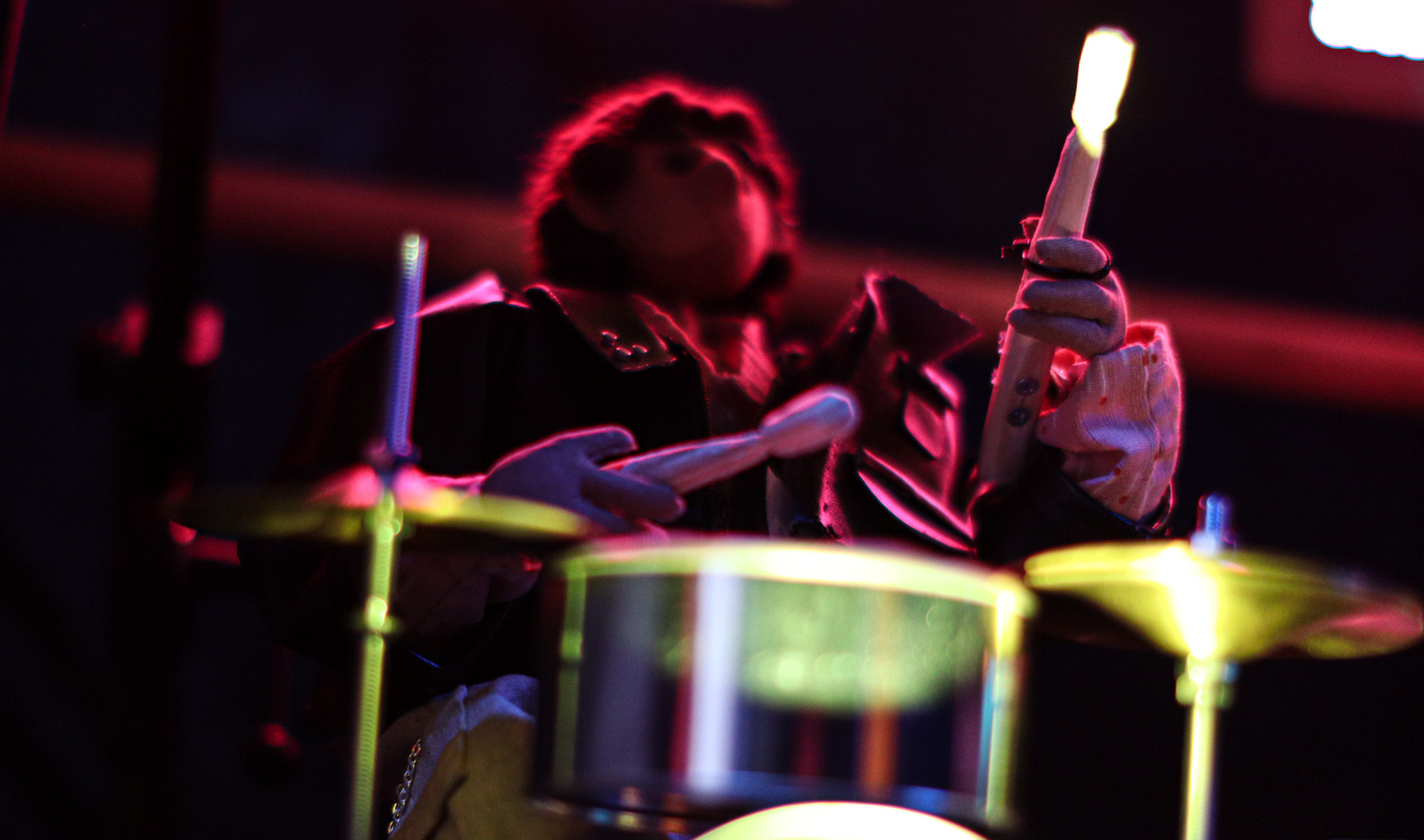


The creation of Mekanika was a complex one, mixing programming, robotics, and puppetry, often going back and forth between the disciplines to ensure the band played with quality and consistency while keeping a tactile and approachable aesthetic.



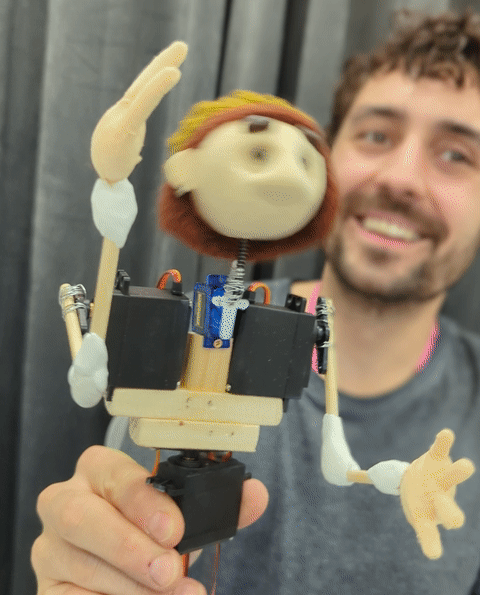

The visual style of the puppets was initially dictated by their heads; these parts of the body would not be affected by moving motors so they were the first parts of the puppets to be created. Carved in wood then covered with soft fabric and needle-felted hair, we wanted the puppets to feel soft and hide completely their robotic mechanisms.



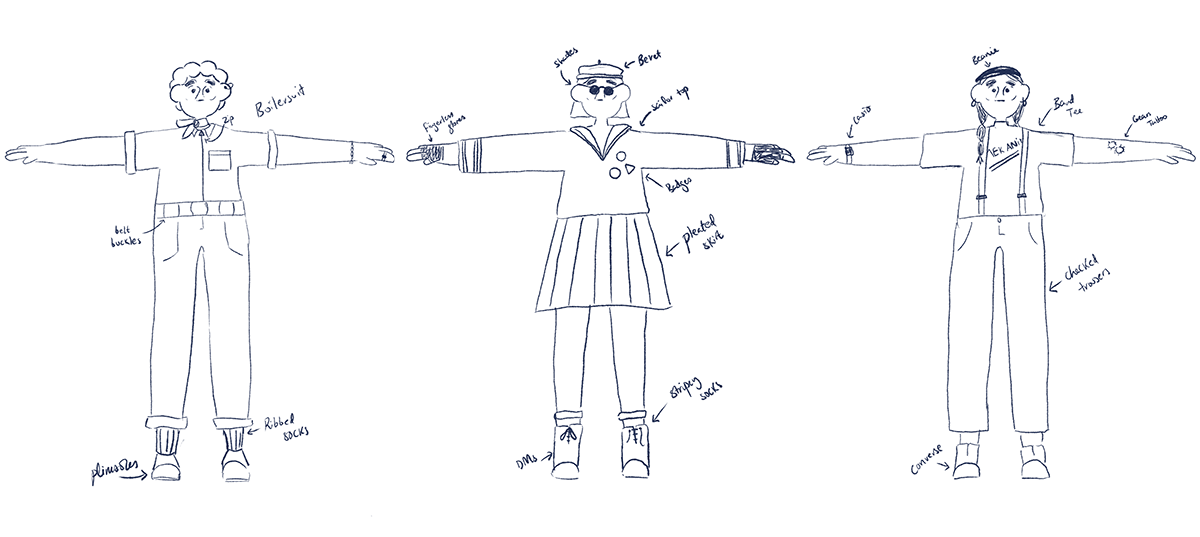



Whilst we started with clearly defined Character Designs in sketch form, we knew that there would likely be drastic changes needed to allow for the robotics to sit inside the final design.
Each character posed their own challenge; the Metallophone player, for example, needed added stability in the base to allow for the amount of vibration coming from the four servo motors (two control each arm, from side to side and up to down).

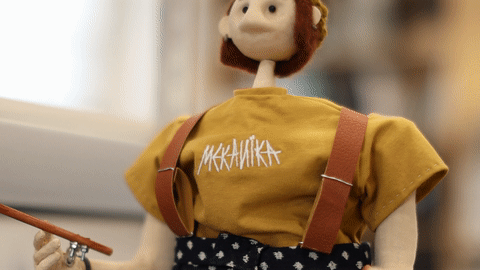
The Music Box, however, has a much gentler movement so we could focus more on creating a fun pose and were able to have bare legs as the supports were much less substantial.



The Drummer moves in a totally different way; the top half of the body swivels separately from the bottom, and the arms move up and down. This means we needed to be sure to keep body parts separate with no overlapping fabric, whilst keeping the character together as a whole.
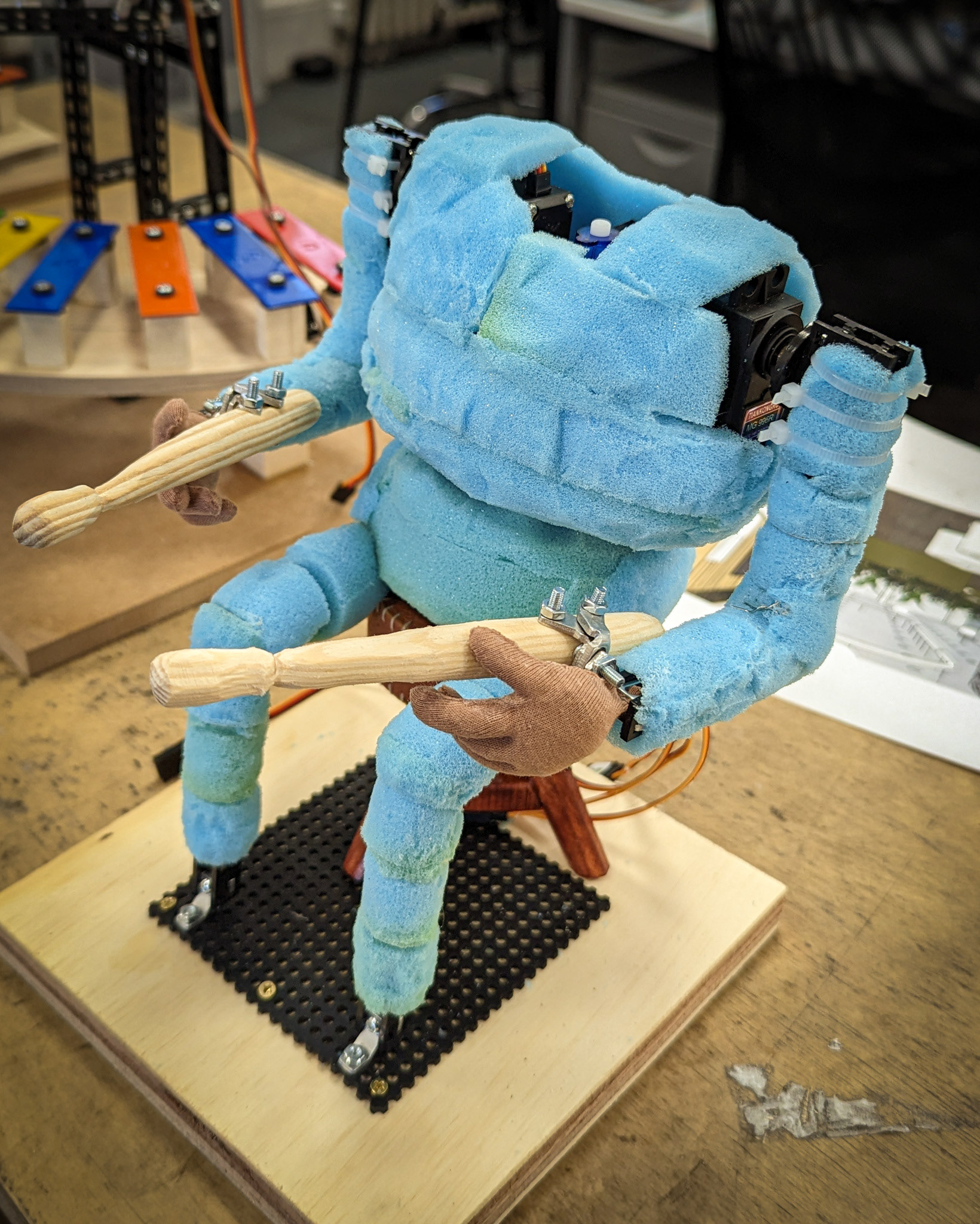

The puppet creation also entailed a lot of extra accessories and details that we hand-made to keep within our aesthetic style, using raw materials like wood, fabrics and metal. Most of these materials were recycled, using wood and fabric off-cuts as the characters are small and simple objects like screws and paint pots for the drum kit.


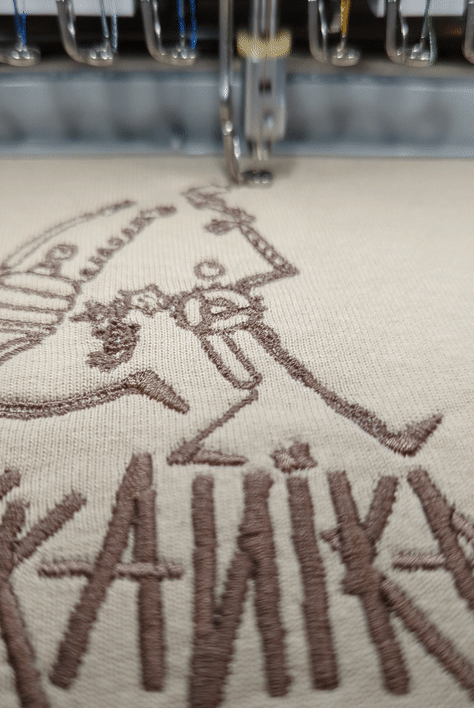


As the band and our ideas for it grew, so did our wish to make a full concert experience. The light display came to life and the level of interaction expanded. This diagram shows the control from the audience's MIDI to all the characters and lights on stage.




As satisfying as it was to see the band come alive in our studio, experiencing the public's reaction to Mekanika brought such joy and summed up perfectly the reason for creating something never before seen and the real rewards for creativity and perseverance.
